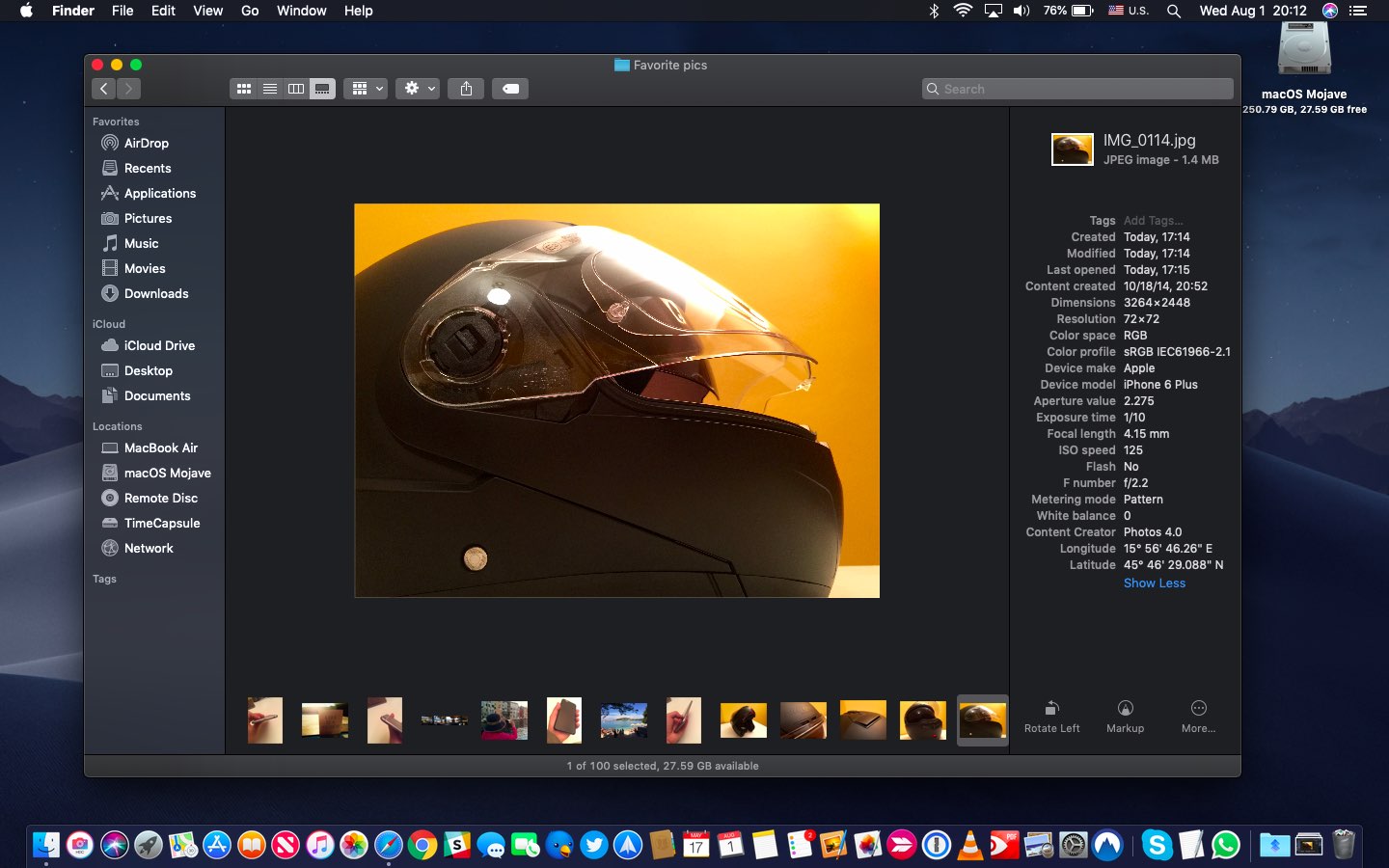

- #Mac command line list pictures based on exif data how to
- #Mac command line list pictures based on exif data mac os x
- #Mac command line list pictures based on exif data manual
- #Mac command line list pictures based on exif data mac
- #Mac command line list pictures based on exif data windows
Set the maximum number of significant digits to be printed Replace each pixel with its complementary colorīy default, efficiently determine certain image characteristics. contract, correlations, etc.).Ĭolor, Configure, Delegate, Format, Magic, Module, Resource, or Typeĭisplay image moments and perceptual hash.
#Mac command line list pictures based on exif data mac
Removing files from your Mac forever using Terminal is deceptively simple: just use the rm command followed by the name of the file.
#Mac command line list pictures based on exif data how to
How to use delete file command line feature. Horizontal and vertical density of the imageĪnalyze image features (e.g. Just take a look at the sheer amount of files it unearthed. Transparent, extract, background, or shape the alpha channelĬlip along the first path from the 8BIM profileĬlip along a named path from the 8BIM profile On, activate, off, deactivate, set, opaque, copy", Click on an option to get more details about how that option works.

The magick identify command recognizes these options.

You can find additional examples of using magick identify in Examples of ImageMagick Usage. Here is a special define that outputs the location of the minimum or maximum pixel of the image: magick identify -precision 5 -define identify:locate=maximum -define identify:limit=3 image.png To display the convex hull and minimum bounding box attributes of the image, use: magick identify -define identify:convex-hull=true image.png Here we display the image texture features, moments, perceptual hash, and the number of unique colors in the image: $ magick identify -verbose -features 1 -moments -unique image.png The depth and dimensions of a raw image must be specified on the command line: $ magick identify -depth 8 -size 640x480 image.raw To get the print size in inches of an image at 72 DPI, use: $ magick identify -format "% by % inches" document.png Note, the image signature is generated from the pixel components, not the image metadata. Next, we look at the same image in greater detail: $ magick identify -verbose rose.jpgįormat: JPEG (Joint Photographic Experts Group JFIF format) Rose.jpg JPEG 70x46 70x46+0+0 8-bit sRGB 2.36KB 0.000u 0:00.000īy default, magick identify provides the following output:įilename image-format widthxheight page-widthxpage-height+x-offset+y-offset colorspace user-time elapsed-time Using SQLite, users can create file-based databases. It is located in the /usr/bin directory and called sqlite3.
#Mac command line list pictures based on exif data mac os x
SQLite is included in macOS and Mac OS X by default. SQLite is a compact, cross platform, self-contained relational database management system that is available in the public domain. To get started, lets identify an image in the JPEG format: $ magick identify rose.jpg You can resize, rotate, or flip any image file via the Mac’s Terminal using the powerful command line sips tool. Getting Started with SQLite on macOS / Mac OS X. We list a few examples of the magick identify command here to illustrate its usefulness and ease of use. See Command Line Processing for advice on how to structure your magick identify command or see below for example usages of the command. Many more attributes are available with the verbose option. The information returned includes the image number, the file name, the width and height of the image, whether the image is colormapped or not, the number of colors in the image, the number of bytes in the image, the format of the image (JPEG, PNM, etc.), and finally the number of seconds it took to read and process the image. It also reports if an image is incomplete or corrupt.
#Mac command line list pictures based on exif data manual
For wireless I would recommend not setting a manual IP.The magick identify program describes the format and characteristics of one or more image files. If using wireless click advanced, then TCP/IP, change IPV4 to static, set your info, hit apply, then apply, and your done. In OS X go to system options, click the device you are using, if Ethernet change the drop down to Static and set your info, then apply.
#Mac command line list pictures based on exif data windows
In Windows you can go to the Control Panel, Network Settings, Adapter options, right click your NIC, Properties, Click TCP/IP v4 and click properties again, then Apply, Close, and your good. Then after saving issue the command sudo /etc/init.d/networking restart to have the machine make the changes. In linux just vi /etc/network/interfaces and then set the values in the document to something similar You could use a variety of sniffers or stumblers (Angry IP scanner, wireshark, ettercap etc) to get a lost and all of those are platform independent.Īs for changing your MAC address, are you sure you want to change your MAC or do you want to change your IP? On your own home network I really can't see any reason to change your MAC around, however if you want to set static IPs that is fairly simple. If your looking for a list of MAC addresses available on the LAN I am not sure that you can do that with the built in tools of your OS.


 0 kommentar(er)
0 kommentar(er)
